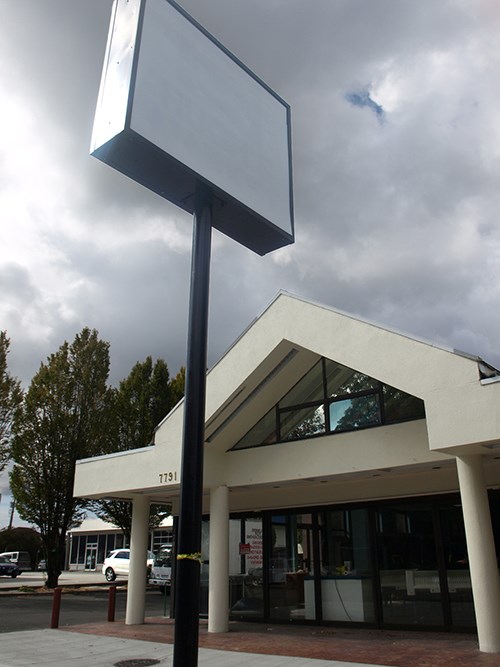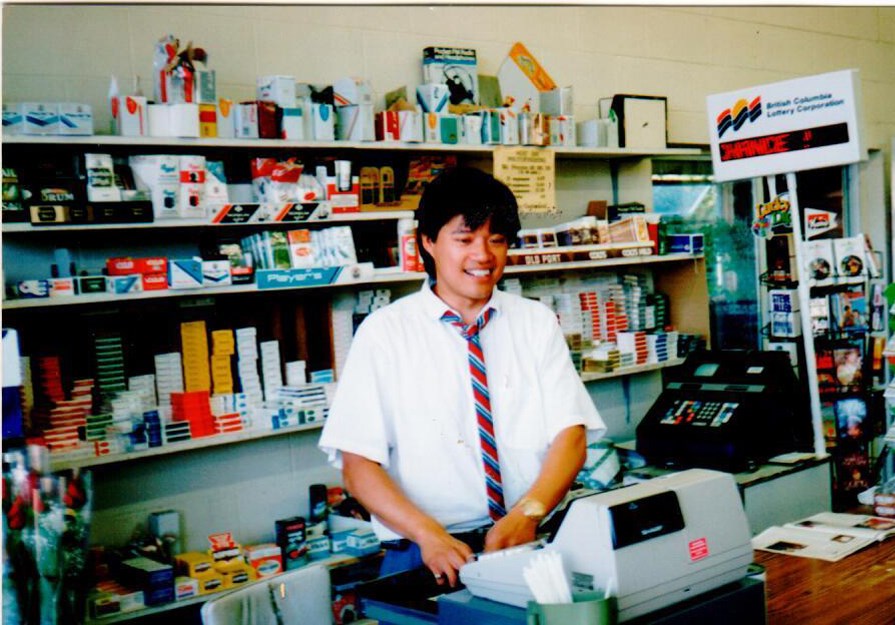For decades, a long narrow building on No. 3 Road drew a steady stream of sweet-toothed children and cigarette-seeking adults. Until its recent closure, Hugh’s Market was one of Richmond’s last independent corner stores from another time.
“Hugh’s was my corner store,” said Lori Foster, who grew up not far from the market at No.3 and Blundell roads. “It was a candy store for me.”

Throughout her years at Ferris elementary school in the late ‘60s and early ‘70s, Foster would frequent Hugh’s for its bulk candy, Lik-m-aid Fun Dip, gumballs and tween magazines chockablock with David Cassidy photos. Sometimes, she’d pick up grocery items for her family.
Chain stores have since cornered much of the market. Gas stations and their attached convenience stores have also moved in on corner store turf, as have supermarkets with near round-the-clock hours.
Richmond still has corner stores — a new flower-focused one is moving into the Hugh’s building — but fast disappearing are the original family-run markets that found fortune in kids’ allowances. There was Ed, Fung and King. K Y Market, too. Hanging on today is Gene’s Food Market on No. 2 Road and Danny’s on Francis Road, although its original owners have since moved on.
Beyond candy and smokes, the ordinary-looking stores served as neighbourhood gathering places. Parking lots were places where hockey card packs were unwrapped, lottery tickets checked, English toffee chewed and pop slurped with licorice straws.
Derek Dang remembers working at his family’s corner store, Blundell Road Grocery, which the Garden City Road neighbourhood knew simply as Tony’s. Dang, now serving his seventh term on city council, said his parents Tony and Mamie bought the store in 1963. The family lived on site and operated the store until 1992.
He remembers when a Popsicle used to cost five cents. A bag of chips could be had for a dime. Bread, milk, pop and ice cream were also popular at Tony’s—so too was bulk candy.
“I never actually liked penny candy myself. That’s probably because I saw so much of it as a kid,” said Dang.
The family became part of the neighbourhood — connected in a way that Dang didn’t know until he first entered politics.
“A ton of people remembered me from the store,” he said. “The impact of the family store was much greater than I ever realized.”
Dang and his siblings put in long hours at the store. They don’t miss the work, but they do miss the people.
“We used to get some real characters coming in. They knew us, we knew them. It would be like going into your favourite bar. We knew what cigarettes people would smoke or what they would come in for. We would almost have it ready for them when they walked in.”
In the old days if a corner store was open Sunday — when grocery stores weren’t —business was good. Dang’s parents put in long hours, and they made a decent living. But as the years went on, competition grew for the convenience dollar and taxes became prohibitive. And as with other corner store families, the next generation wasn’t interested in carrying on.
Said Dang: “There was a time when it was worthwhile, and that time had actually passed. That’s what you see today.”
Some new independent markets are now operating in Richmond, although many offer a more diverse range of products, such as fast food and flowers. Penny candy? That appears to be gone for good.
ww



